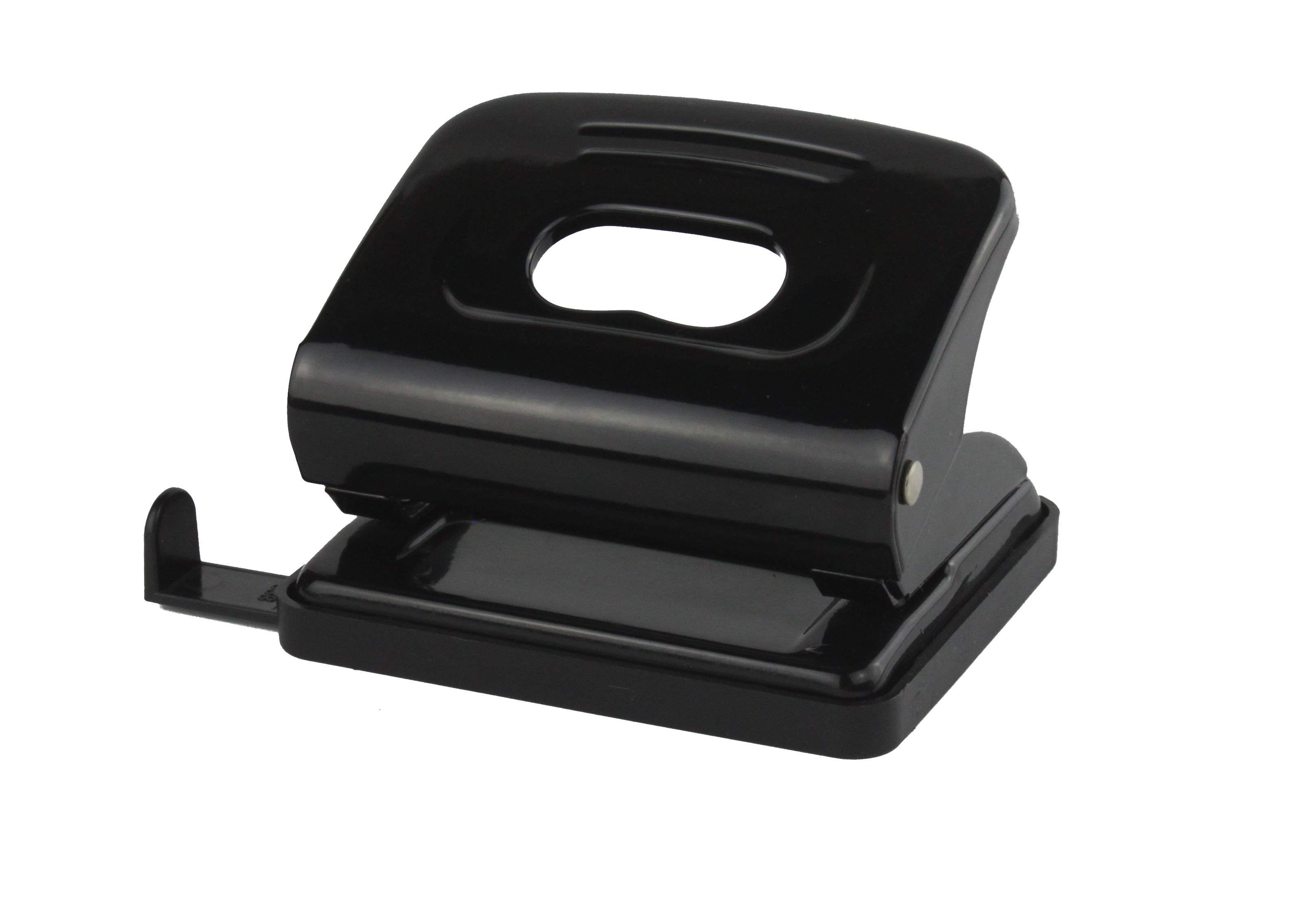Mastering the Essentials: A Comprehensive Guide to Choosing the Right Stapler for Your Office Needs
When it comes to office supplies, a stapler may seem like a simple tool, but its role in document management is indispensable. Understanding the different types of staplers and their specific uses can significantly improve workflow and organization in any professional setting. Here, we will explore the key aspects of staplers, including their types, features, and maintenance. **Types of Staplers**
When it comes to office supplies, a stapler may seem like a simple tool, but its role in document management is indispensable. Understanding the different types of staplers and their specific uses can significantly improve workflow and organization in any professional setting. Here, we will explore the key aspects of staplers, including their types, features, and maintenance.
**Types of Staplers**
1. **Manual Staplers**: The most common type found in offices, manual staplers are operated by hand. They are versatile and suitable for everyday use, binding a reasonable number of sheets together. When choosing a manual stapler, consider the stapling capacity and the ease of use, especially if you handle large volumes of documents frequently.
2. **Electric Staplers**: For those who need to staple large stacks of paper quickly, electric staplers are the way to go. They offer speed and efficiency, reducing the strain on your hands, making them ideal for busy work environments. Many electric staplers are designed with features like jam prevention and adjustable stapling depth, enhancing their usability.
3. **Heavy-Duty Staplers**: If your work involves binding thick documents or booklets, a heavy-duty stapler will be essential. These staplers are built to handle more substantial materials and can usually staple 50 or more sheets at once. When selecting a heavy-duty stapler, ensure that it is compatible with the size of staples you plan to use.
4. **Tacker Staplers**: Often used in craft and upholstery work, tacker staplers are designed for use on various materials, including fabric and wood. They provide a stronger fastening solution than standard office staplers, making them suitable for specialized tasks.
**Key Features to Consider**
When choosing a stapler, assess the following features to determine which best meets your needs:
- **Stapling Capacity**: This refers to the maximum number of sheets a stapler can bind at once. Depending on your typical workload, select a stapler that can accommodate your needs without compromising performance.
- **Durability**: A reliable stapler should withstand daily use. Look for models constructed from high-quality materials to ensure longevity.
- **Ease of Use**: Ergonomic designs and easy-loading mechanisms can greatly enhance the user experience, particularly in high-volume environments.
**Maintenance Tips**
To ensure that your stapler performs optimally, regular maintenance is essential. This includes cleaning the device to remove paper debris, lubricating the moving parts, and checking for jams or misalignments. Proper care can extend the life of your stapler significantly.
In conclusion, understanding the various types of staplers, their features, and maintenance practices can lead to more organized and efficient office operations. By selecting the right stapler for your specific needs, you can enhance productivity and streamline your document handling processes.
**Types of Staplers**
1. **Manual Staplers**: The most common type found in offices, manual staplers are operated by hand. They are versatile and suitable for everyday use, binding a reasonable number of sheets together. When choosing a manual stapler, consider the stapling capacity and the ease of use, especially if you handle large volumes of documents frequently.
2. **Electric Staplers**: For those who need to staple large stacks of paper quickly, electric staplers are the way to go. They offer speed and efficiency, reducing the strain on your hands, making them ideal for busy work environments. Many electric staplers are designed with features like jam prevention and adjustable stapling depth, enhancing their usability.
3. **Heavy-Duty Staplers**: If your work involves binding thick documents or booklets, a heavy-duty stapler will be essential. These staplers are built to handle more substantial materials and can usually staple 50 or more sheets at once. When selecting a heavy-duty stapler, ensure that it is compatible with the size of staples you plan to use.
4. **Tacker Staplers**: Often used in craft and upholstery work, tacker staplers are designed for use on various materials, including fabric and wood. They provide a stronger fastening solution than standard office staplers, making them suitable for specialized tasks.
**Key Features to Consider**
When choosing a stapler, assess the following features to determine which best meets your needs:
- **Stapling Capacity**: This refers to the maximum number of sheets a stapler can bind at once. Depending on your typical workload, select a stapler that can accommodate your needs without compromising performance.
- **Durability**: A reliable stapler should withstand daily use. Look for models constructed from high-quality materials to ensure longevity.
- **Ease of Use**: Ergonomic designs and easy-loading mechanisms can greatly enhance the user experience, particularly in high-volume environments.
**Maintenance Tips**
To ensure that your stapler performs optimally, regular maintenance is essential. This includes cleaning the device to remove paper debris, lubricating the moving parts, and checking for jams or misalignments. Proper care can extend the life of your stapler significantly.
In conclusion, understanding the various types of staplers, their features, and maintenance practices can lead to more organized and efficient office operations. By selecting the right stapler for your specific needs, you can enhance productivity and streamline your document handling processes.
Latest News










